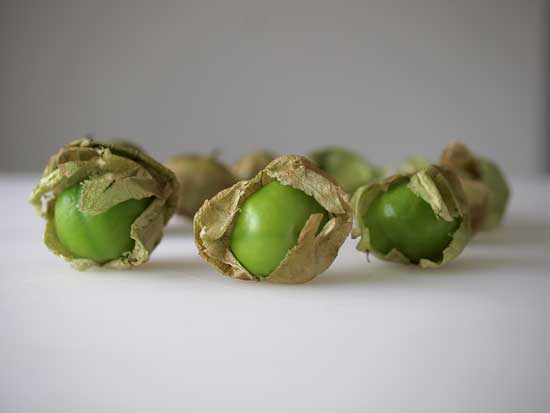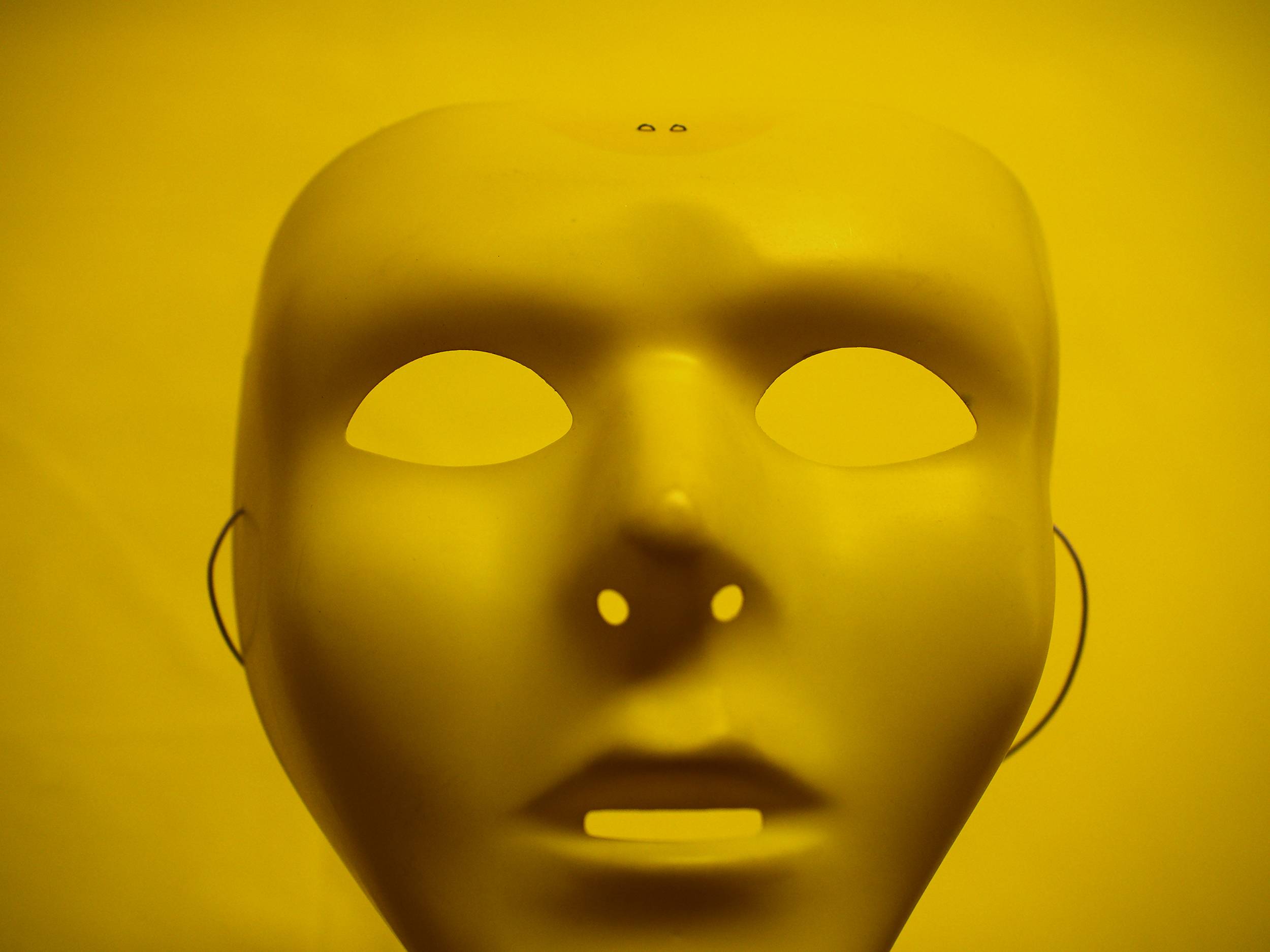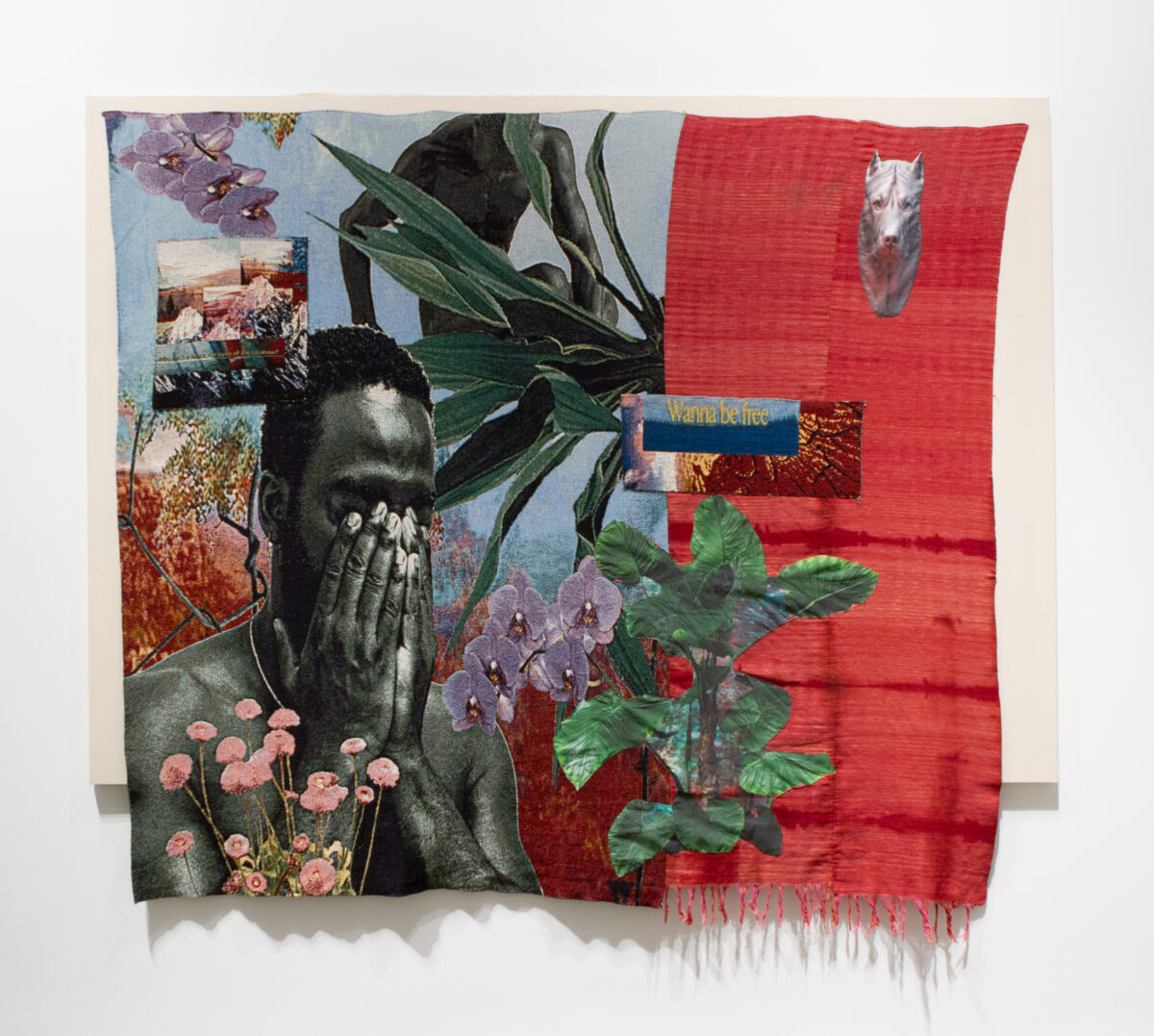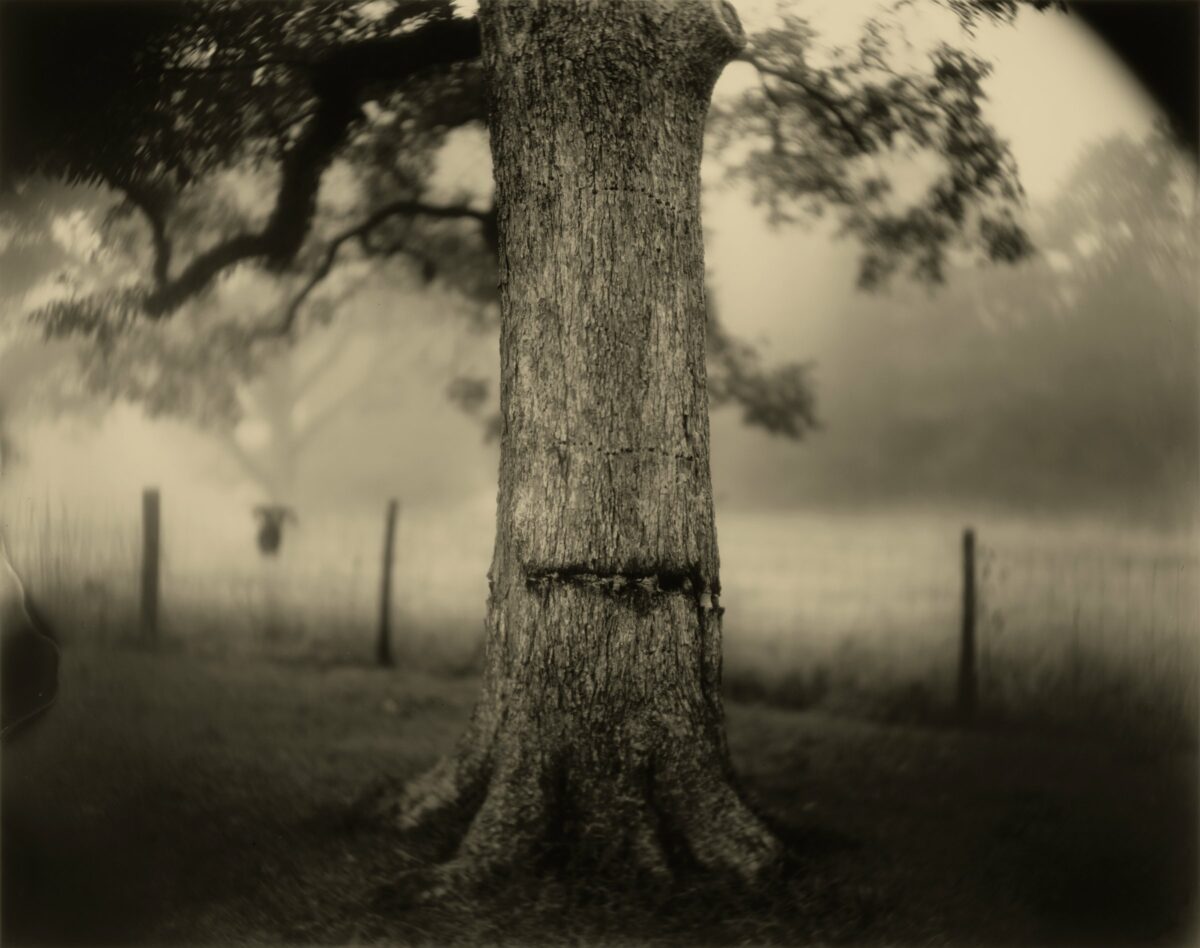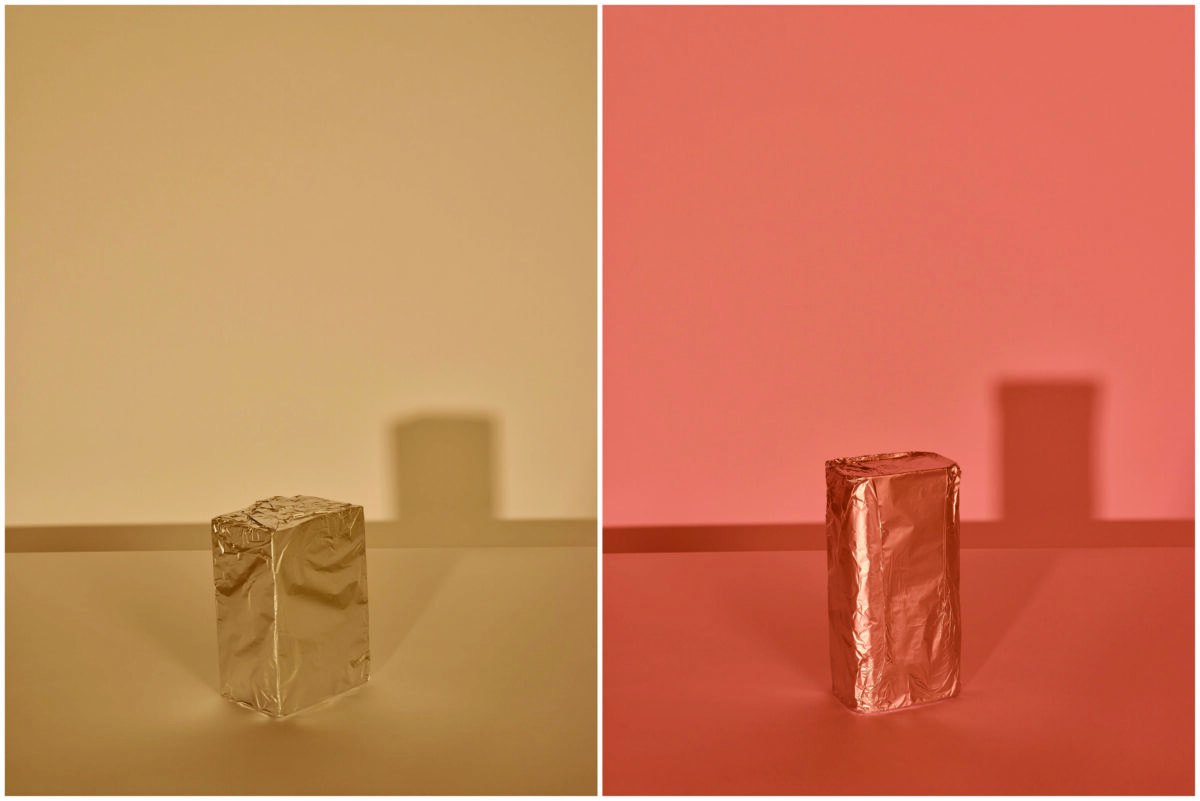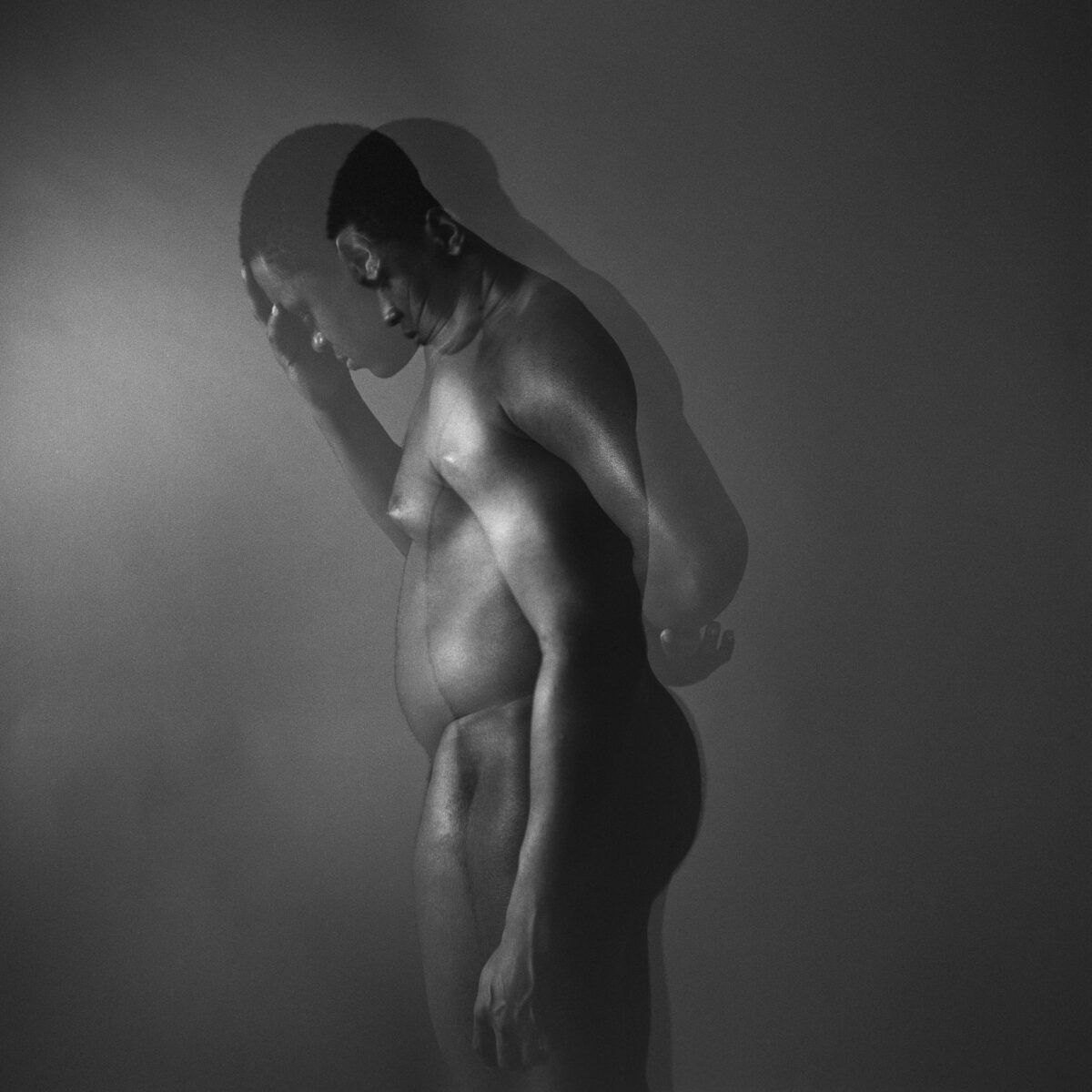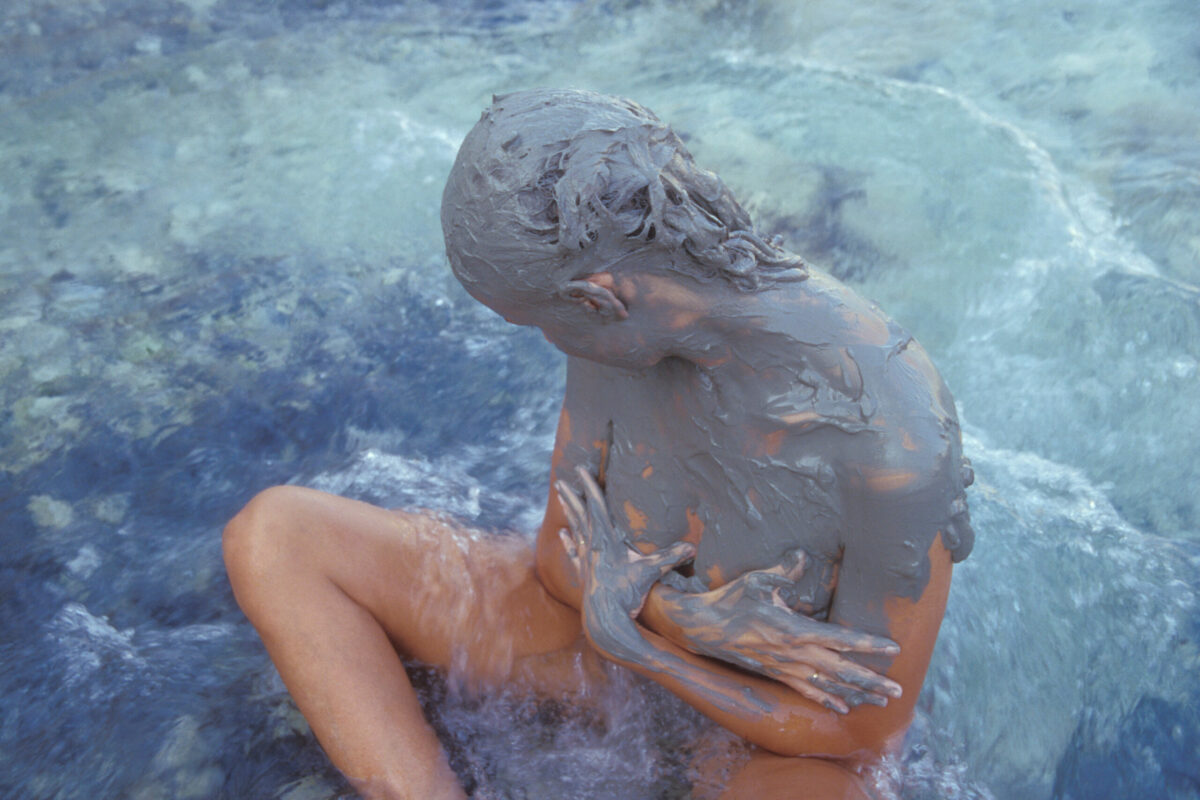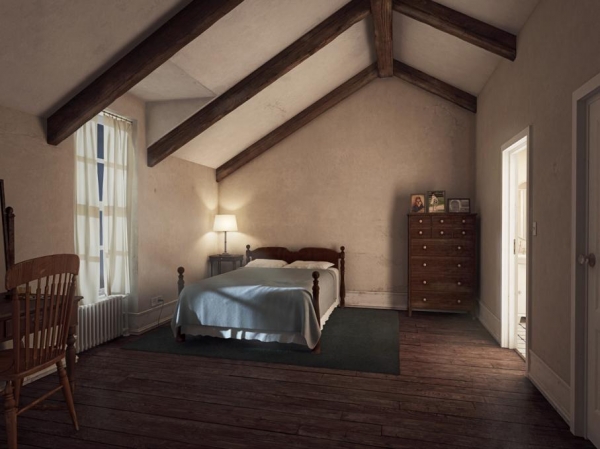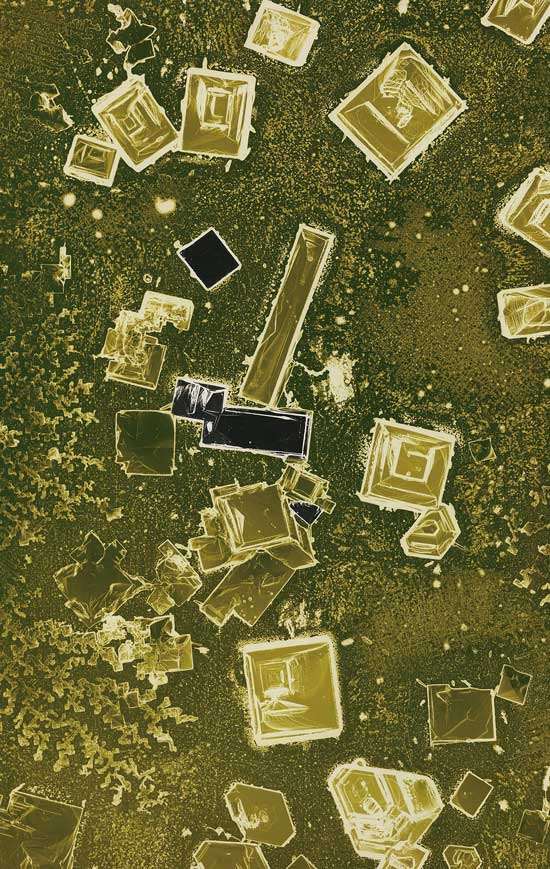Extinction Party, the title of Jonathan Blaustein’s book (published in March by Yoffy Press), might feel a little on the nose for this moment, but sometimes things are more prescient that we plan. The book – which represent a decade’s worth of photographs and was in the works well before the pandemic – features deadpan still lifes, simple in content and conceptual in approach, that skewer consumer culture with black humor but also no small sense of alarm.
Blaustein has baked his critique into his pictures. In Party City Is the Devil (2016-19), the eye-popping, primary colors of the photographs are appealing precisely in the way that disposable bright shiny things are appealing. Like eating too much candy, the result is a momentary spike of pleasure with sickening long-term consequences. The semi-deflated silver communion balloon on a turquoise tablecloth in one picture was surely meant to celebrate an important moment in a young person’s life, but what happens to all that plastic after the party’s over? And make no mistake, the party is over.
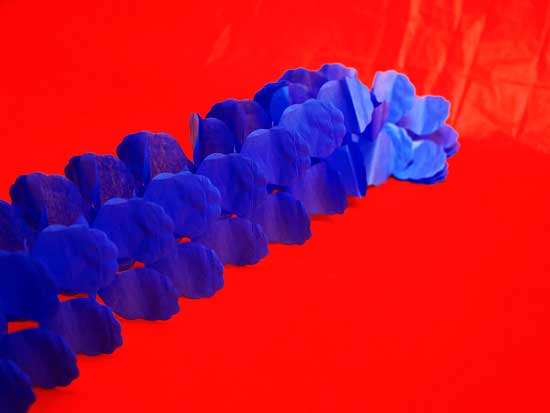

It’s not like we haven’t known it for a while. Blaustein’s earlier series The Value of a Dollar (2008-2010), which was picked up by the New York Times Lens blog, among other places, came at American consumer culture from another direction – the rising prices of healthy food. Simple and straightforward, these pictures of a dollar’s worth of various foods photographed on a white table in a white-walled studio, tell a cumulatively troubling story. One dollar bought only 10 organic blueberries (a vitamin-rich super food), for example, but seven packets of shrimp-flavored ramen noodles. It also bought a deflated, sad-looking double cheeseburger from McDonald’s that looks nothing like the hearty version pictured in ads, ads in which photography is complicit in the fiction being created. “If someone like me – a middle-class educated American – couldn’t afford to buy blueberries,” asked Blaustein (blueberries representing access to healthy food generally in this case), “what does that say about everybody else?”


A New Jersey native, Blaustein lives with his family outside Taos, New Mexico, on land where his wife grew up. His series MINE (2011-12) draws, in a low-key way, on the idea of land ownership in a capitalist society, but the title also invites us to consider MINE as a verb, with Blaustein “mining” his own land for things to photograph: My Tumbleweed, My Grass and Dirt, or My Leaf, a single yellow leaf that he sliced into strips – a small-scale desecration that stands in for larger ones . In these totemic images, everything, from a pile of dirt to a dead baby mouse, is claimed and commodified by his photographs, a critique that’s both subtle and smart.
